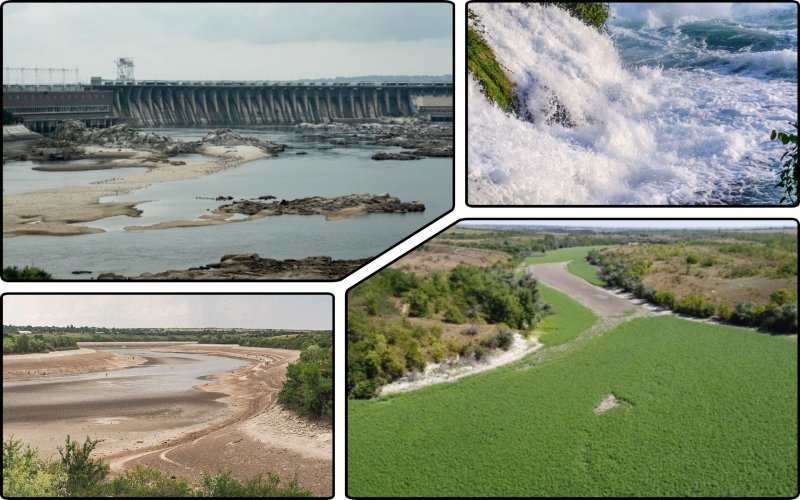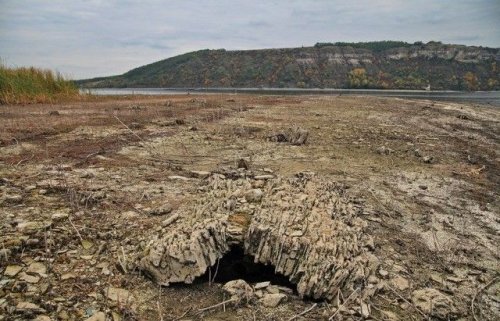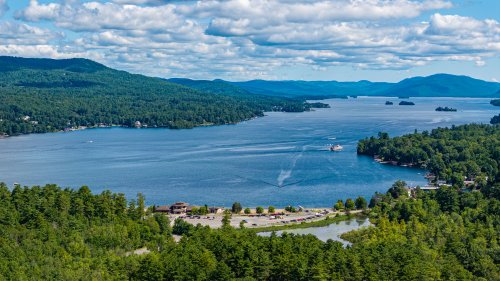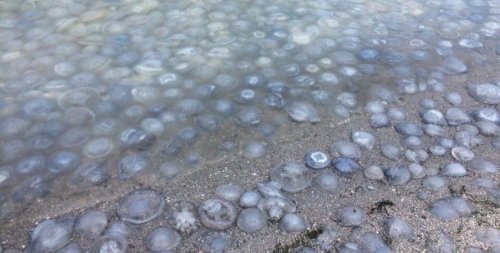4 state research institutes will receive a total of 2.33 million UAH to study water balance changes as a result of the Kakhovka reservoir destruction by russian terrorists and to justify the need for its restoration.
This was reported by investigators of the "Nashi Hroshi" website regarding the data in the Prozorro system.
Who will be funded
According to “Nashi Hroshi”, in March, the Ukrainian Hydrometeorological Institute of the State Emergency Service of Ukraine and the National Academy of Sciences of Ukraine signed or is going to sign agreements on scientific and technical work with the following institutes, following the results of tenders:
1. Institute of Geological Sciences of the National Academy of Sciences of Ukraine:
- The total amount is 574,000 UAH.
- Scientific and technical work – “Assessment of how destroying the Kakhovka Reservoir affects groundwater and development of recommendations for the use of groundwater to cover the deficit of the water balance of the Lower Dnipro Basin in the absence of the Kakhovka Reservoir and climate change”.
2. Institute of Economics and Forecasting of the National Academy of Sciences of Ukraine:
- The amount is 573,000 UAH.
- Scientific and technical work – “Conducting an economic analysis of the Lower Dnipro sub-basin's water usage in the absence of the Kakhovka Reservoir, including forecasts of consumption changes by key users and evaluations of the economic impacts under different restoration scenarios, considering the current martial law context.”.
3. Institute of Hydrobiology of the National Academy of Sciences of Ukraine:
- The amount is 600,000 UAH.
- Scientific and technical work – Development of recommendations to ensure ecological flow for the preservation of biodiversity and maintenance of the proper ecological status of surface water bodies in the Lower Dnipro.
4. Institute of Water Problems and Land Reclamation of the National Academy of Agrarian Sciences of Ukraine:
- The amount is 581,000 UAH.
- Scientific and technical work – Assessment of water availability for drinking needs of the population in the southeastern regions of Ukraine before and after the destruction of the Kakhovka HPP dam to substantiate the feasibility of restoring the reservoir.
There was no one to compete with the research institutes for these orders, as no one else applied for the tenders.
The institutions have to complete all the above-mentioned scientific and technical work by the end of 2026.
Where the funding will come from
The research will be financed from the state budget through the Ministry of Education and Science of Ukraine under the program “Support for Priority Areas of Scientific Research and Scientific and Technical (Experimental) Developments, and Scientific and Scientific-Technical Activities of Higher Education Institutions and Research Establishments.”
As reported by EcoPolitic in early December 2024, researchers found that 94% of soil samples from the former Kakhovka Reservoir bed contained heavy metals above the maximum permissible concentrations. The main pollutants identified were arsenic, lead, strontium, and zinc.





